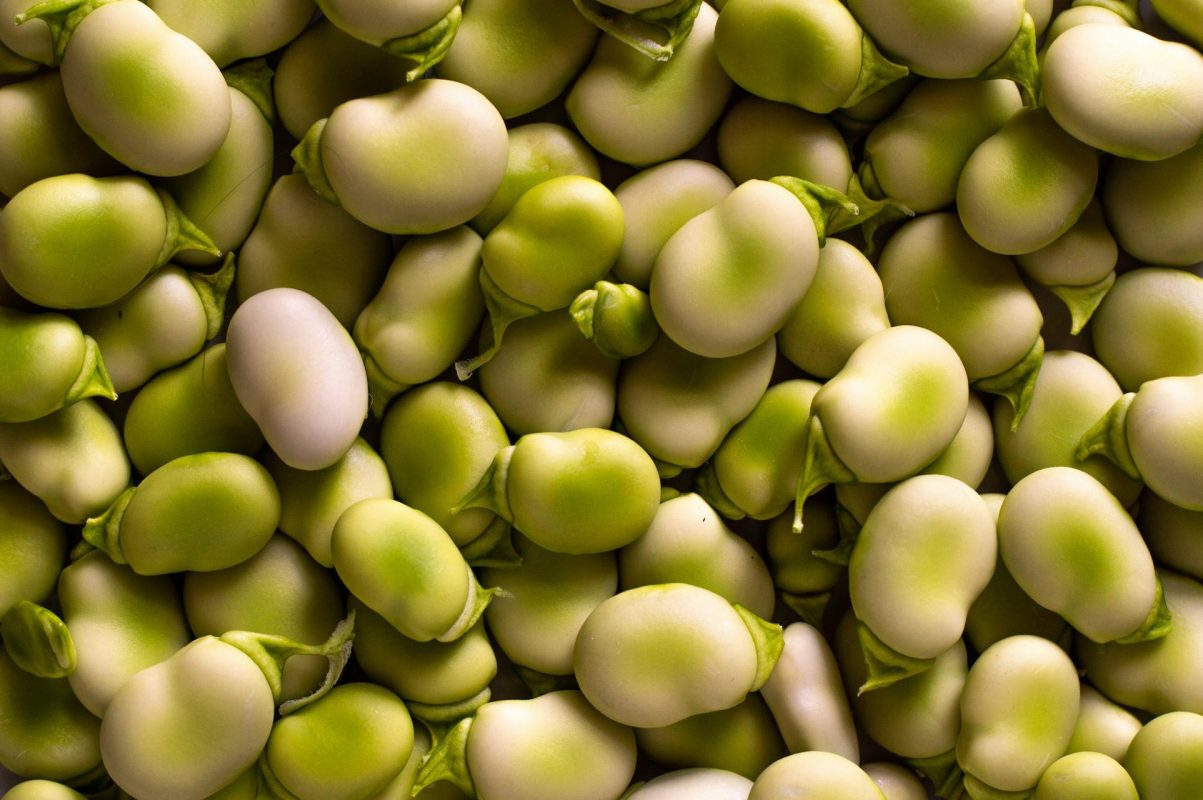YETRAC
Growing Broad Beans at the Allotment
Growing Broad Beans at the Allotment
Broad beans are a staple of the Legumes family, offering a rich harvest for minimal effort. They are versatile and can thrive in various conditions with a bit of care.
Sowing Broad Beans
Choosing Varieties
- Dwarf varieties are ideal for windy spots.
- Aquadulce Claudia is a great autumn-sowing option.
- Windsor varieties are known for producing larger beans with a wonderful flavor.
Sowing Indoors and Outdoors
- Indoors: Start in small pots before spring, usually from February onwards. Sow seeds about 2 inches deep in good compost. Keep in a light environment and water well. Transplant them outside a few weeks later when mild conditions prevail.
- Direct Sowing: You can sow directly from March to mid-May if the weather is mild. Ensure your soil is well-prepared with good compost or well-rotted manure. For a head start, some varieties can be sown directly in November or February in milder areas.
Planting Method
- Plant in rows, 6-10 inches apart to ensure easy picking.
- Sow a surplus of seeds to replace any failing plants.
- Water thoroughly when planting and continue to water well during dry spells.
Growing Broad Beans
Plant Care
- Give plants a thorough drenching once they start flowering and repeat after a week or two.
- During hot, dry periods, water regularly and deeply.
- Some larger plants may require support using canes and string to keep them upright.
Pinching Out and Pest Control
- Pinch out the shoot tips once the lower flowers have set pods. The tips are edible and delicious and this practice reduces blackfly infestations.
- Keep an eye out for blackfly. They can be easily washed off if they become a problem.
- Potash is beneficial in preventing the fungal disease known as Chocolate Spot. Add potash during planting, and ensure the plants have adequate spacing to reduce disease spread.
- Rust may become an issue later in the season, often due to excessive rain. Affected pods may be smaller, and leaves may drop.
- Protect seeds from mice, which are known to nibble on them.
Harvesting Broad Beans
When to Harvest
- You can start picking young pods when they reach 3 inches long, from late spring to midsummer, depending on the variety and sowing time.
- Pick pods regularly to encourage continuous growth. Select pods where you can feel and see the beans inside.
- Pods mature quicker at the lower parts of the plant, so check these frequently.
Harvesting Tips
- Smaller beans are more tender and sweeter, while larger, older beans can be tougher.
- When harvesting larger pods, blanch and peel the beans before storing or cooking.
Storing Broad Beans
- Broad beans can be frozen or dried. When freezing, blanch and peel older beans to maintain their quality.
Growing Broad Beans in Summary
Sowing Broad Beans
- Sow indoors from February.
- Sow directly from March to mid-May.
- For winter varieties, sow from October to November.
Growing Broad Beans
- Water well during dry spells and soak thoroughly when flowering.
- Add potash to help prevent Chocolate Spot.
- Pinch out shoot tips to reduce blackfly.
- Support plants if necessary.
Harvesting Broad Beans
- Pick regularly when the beans are visible in the pod.
- Harvest from June to October, with winter varieties ready in June.
- Freeze or dry for storage, and blanch and peel larger beans first.
Broad beans are a fantastic addition to your allotment, providing a nutritious harvest that’s simple to grow with a few precautions. Whether you prefer them small and sweet or large and hearty, broad beans can elevate your gardening experience and your plate!

